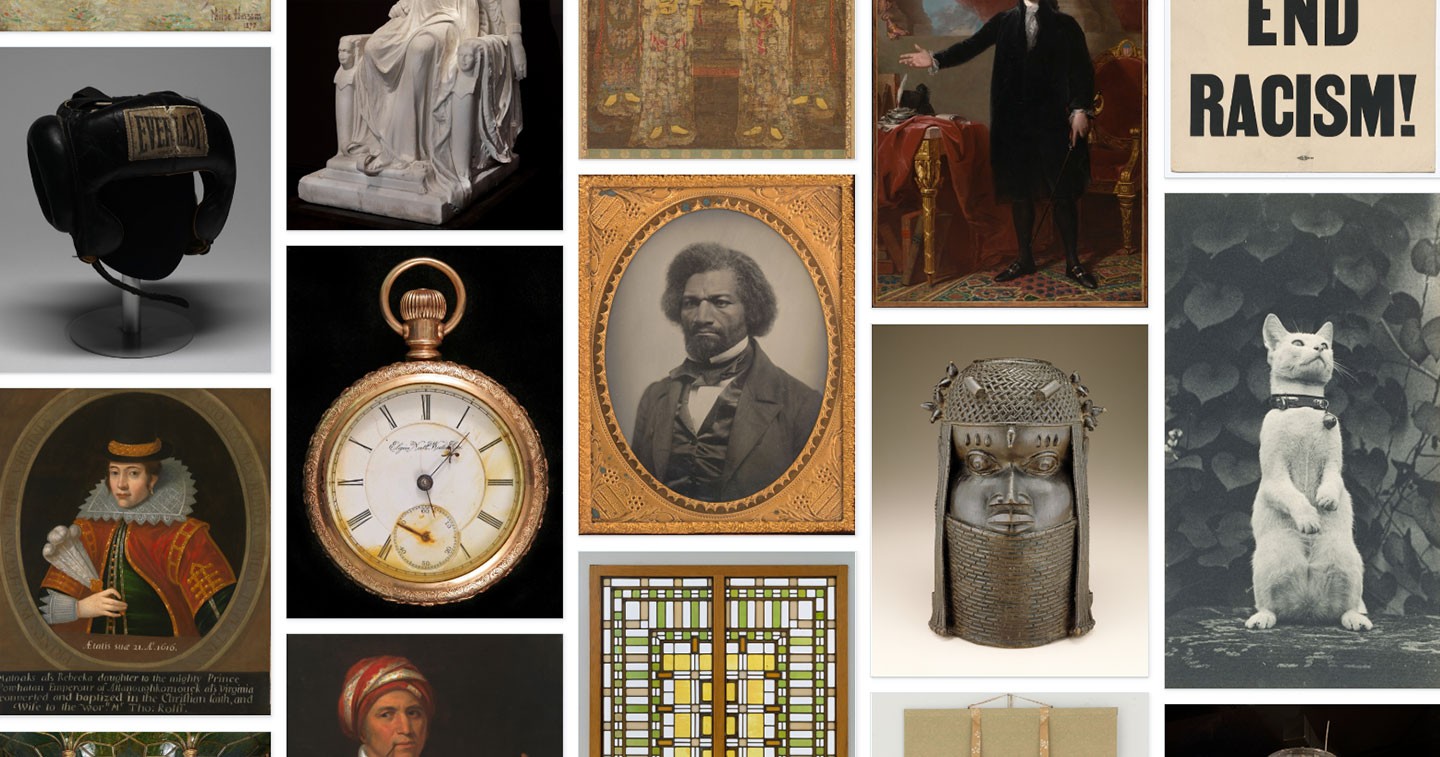The Smithsonian announced today the launch of Smithsonian Open Access, an initiative that removes Smithsonian copyright restrictions from about 2.8 million of its digital collection images and nearly two centuries of data. This means that people everywhere can now download, transform and share this open access content for any purpose, for free, without further permission from the Smithsonian.
Among museums and cultural institutions, this is the largest and most interdisciplinary open access program to date. The Smithsonian will continue to add items on an ongoing basis, with more than 3 million images designated as open access by late 2020.
“Open access is a milestone for the Smithsonian in our efforts to reach, educate and inspire audiences,” said Smithsonian Secretary Lonnie G. Bunch III. “Through this initiative, we are empowering people across the globe to reimagine and repurpose our collections in creative new ways.”
The Smithsonian Open Access content includes high-resolution 2D and 3D images of collection items, as well as research datasets and collections metadata, which users can download and access in bulk. All of the Smithsonian’s 19 museums, nine research centers, libraries, archives and the National Zoo contributed images or data to this launch. The program includes content across the arts, sciences, history, culture, technology and design, from portraits of historic American figures to 3D scans of dinosaur skeletons.
Previously, the Smithsonian made more than 4.7 million collection images available online for personal, non-commercial and educational use. Now, with Smithsonian Open Access, nearly 3 million of those images carry a Creative Commons Zero designation, which waives the Institution’s copyright and permits a greater variety of uses, both commercial and non-commercial, without the need for Smithsonian permission or payment.
“Open access exemplifies the Smithsonian’s core mission: the ‘increase and diffusion’ of knowledge our institution has fostered for nearly 175 years,” said John Davis, interim director of the Cooper Hewitt, Smithsonian Design Museum, who led the initiative from its inception. “With Smithsonian Open Access, we’re inviting people everywhere to make that knowledge their own–to share and build on our digital collections for everything from creative works, to education and scholarly research, to bold innovations we have yet to imagine.”
The Smithsonian is joined in this launch by collaborators using the Institution’s open access collections to create original works and discover new insights:
- Artist Amy Karle used a 3D scan of a Triceratops skeleton from the National Museum of Natural History to create nine sculptures that explore the impact of technology on evolution.
- Google Arts & Culture applied machine learning to the entire Smithsonian collections dataset to uncover connections between early women scientists at the Smithsonian and their life’s work.
- Creators of the children’s book series “AstroNuts”––author Jon Scieszka and illustrator Steven Weinberg––produced a free, downloadable booklet showing K–12 students how to remix Smithsonian Open Access images for their own projects.
- Georgetown University Library’s Maker Hub challenged students to create projects––from textiles to electronics to artworks––based on the Smithsonian Open Access collections.
Open access also makes Smithsonian content available via Creative Commons, Google Arts & Culture, Wikipedia and other digital platforms, increasing the reach and impact of these collections.
“The Smithsonian launched open access with new platforms to give the public ready access to our trusted collections and data,” said Effie Kapsalis, the Smithsonian Senior Digital Program Officer, who managed and guided implementation of the program. “We are excited to see how people worldwide use this dataset, which represents nearly two centuries of interdisciplinary research, to understand and solve today’s challenges.”
The Smithsonian Open Access launch event is presented in partnership with Google Arts & Culture. Data hosting is provided by Amazon Web Services Public Dataset Program.
Visit si.edu/OpenAccess to browse the Smithsonian Open Access collections and learn more.








